The average person sees up to 10,000 advertisements daily.
Among these, advertorials stand out as uniquely effective. These hybrid creations blend editorial content with advertising, engaging readers while promoting products or services.
This article examines 10 high-converting advertorials, analyzing their strategies and revealing the strategies that make them so successful.
By exploring these examples, you can learn valuable strategies to turn readers into customers and boost your own advertising effectiveness.
Blue Apron Advertorial Analysis

Blue Apron captivates potential customers with a compelling narrative about transformative dining experiences.
Headline: “A Great Meal changes everything”
Promises transformation through food, tapping into readers’ aspirations for positive life changes.
Opening:
- Quickly introduces the core offering: 80+ weekly meals with high-quality ingredients for various lifestyles.
- Establishes Blue Apron as a solution to meal planning challenges.
Narrative Structure and Content Flow:
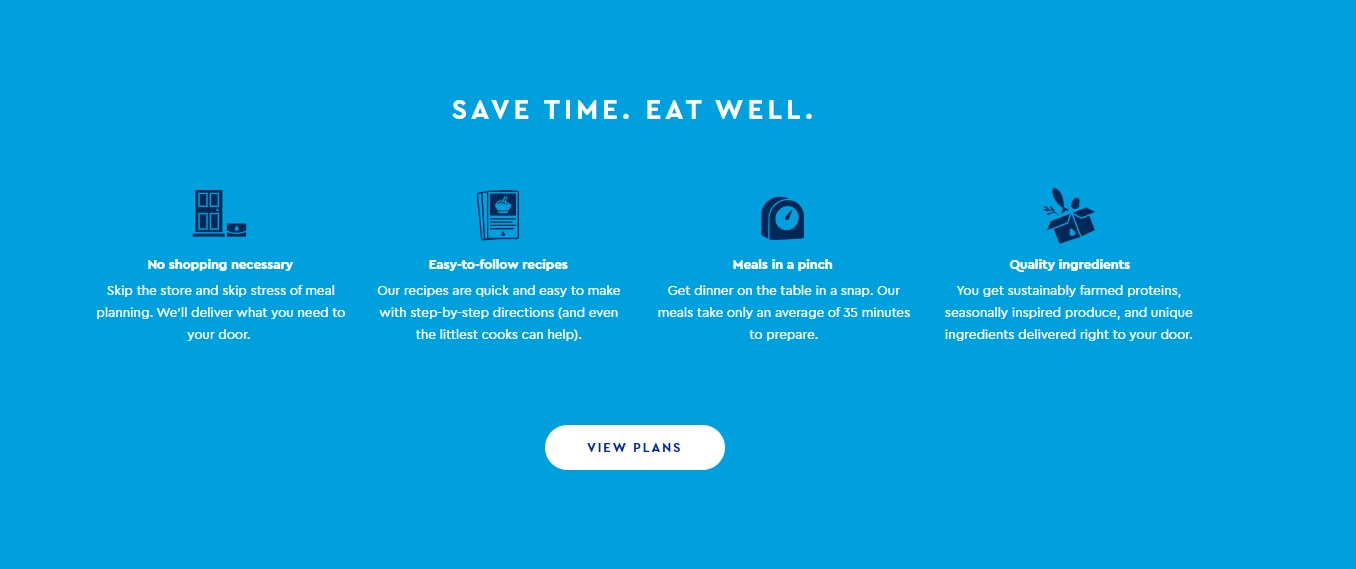
- Presents a relatable problem (stress of meal planning, lack of variety)
- Introduces Blue Apron as the solution
- Highlights key benefits (variety, flexibility, convenience)
- Builds credibility (high-quality ingredients, chef-inspired recipes)
- Addresses potential objections (price, commitment)
- Reinforces value proposition
- Closes with a clear call-to-action
Persuasion Techniques:
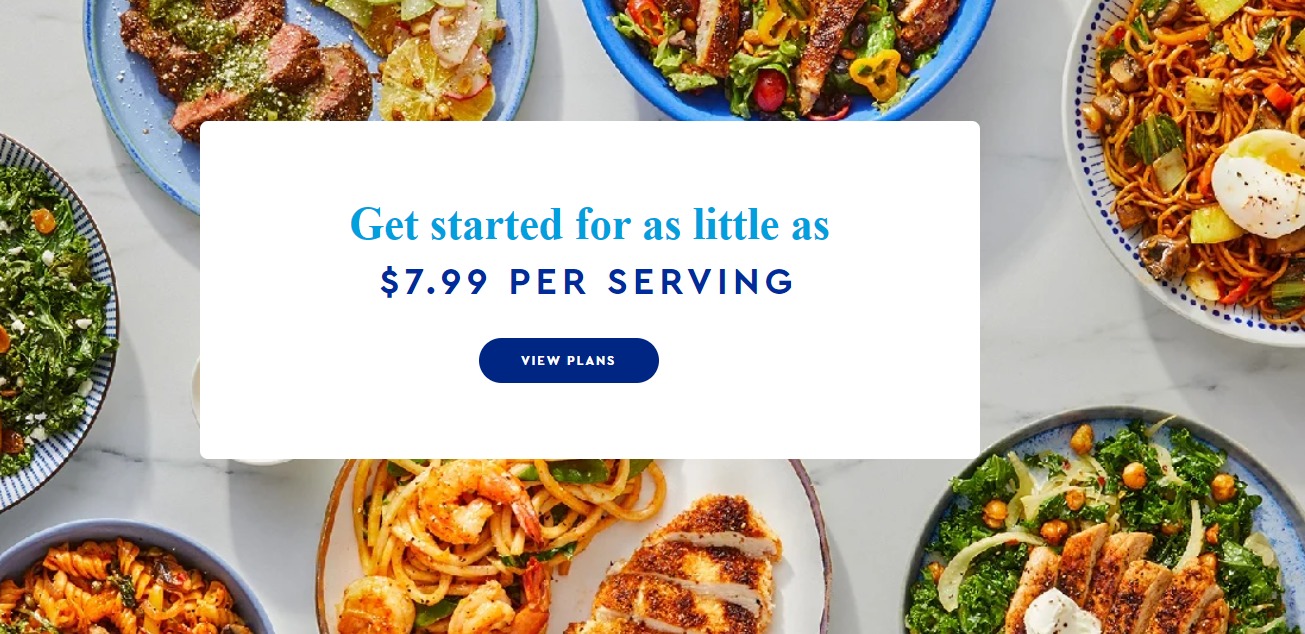
- Repeats the affordable price point ($7.99 per serving) to reinforce value
- Uses aspirational language (“A Great Meal changes everything”)
- Emphasizes variety and flexibility to appeal to different lifestyles

Call-to-Action:
Multiple “View Plans” buttons strategically placed throughout the advertorial
Target Audience Appeal:
- Addresses various dietary preferences (vegetarian, carb-conscious)
- Focuses on convenience for busy individuals
- Emphasizes value for budget-conscious consumers
This ad hooks readers with the idea that great meals change lives. It cleverly links Blue Apron to solving everyday dinner stress. The focus on variety and flexibility appeals to busy families.
Quip Electric Toothbrush Advertorial Analysis

Quip presents a persuasive case for upgrading your oral care routine.
Headline: “9 reasons so many upgrade to a quip Electric Toothbrush”
Immediately captures attention by promising multiple benefits, creating curiosity about the product.
Opening:
- Addresses common pain points (procrastination on dental advice, dissatisfaction with other electric brushes)
- Positions Quip as a solution created by designers and dentists to fix issues with existing electric toothbrushes
Narrative Structure:
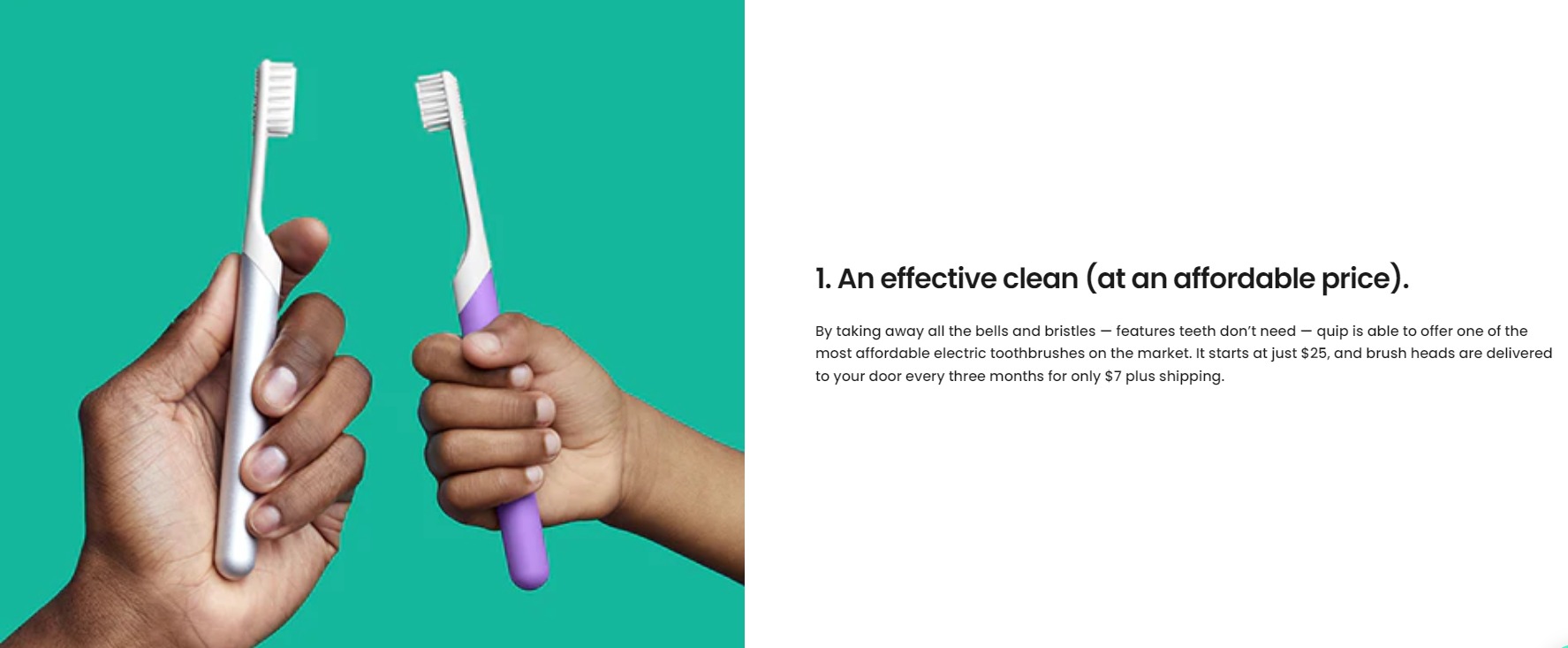
- Introduces the problem (overpriced, complex toothbrushes)
- Presents Quip as the solution
- Details nine key benefits of the product
- Addresses potential objections (effectiveness, price, durability)
- Provides social proof (reviews, press mentions)
- Concludes with a risk-free trial offer
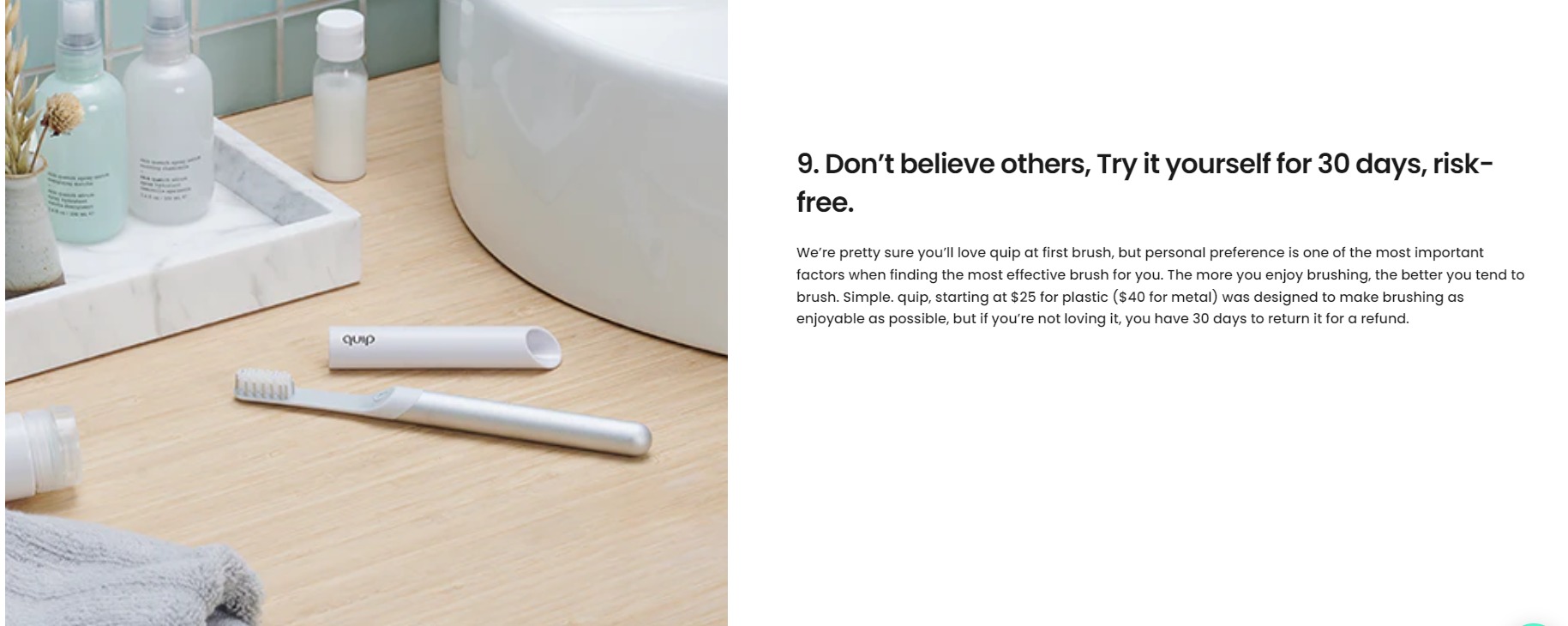
Persuasion Techniques:
- Emphasizes affordability and value throughout
- Highlights expert involvement (designers and dentists)
- Uses social proof from customers, press, and dental professionals
- Incorporates quotes from reputable sources (Vogue, The Today Show)
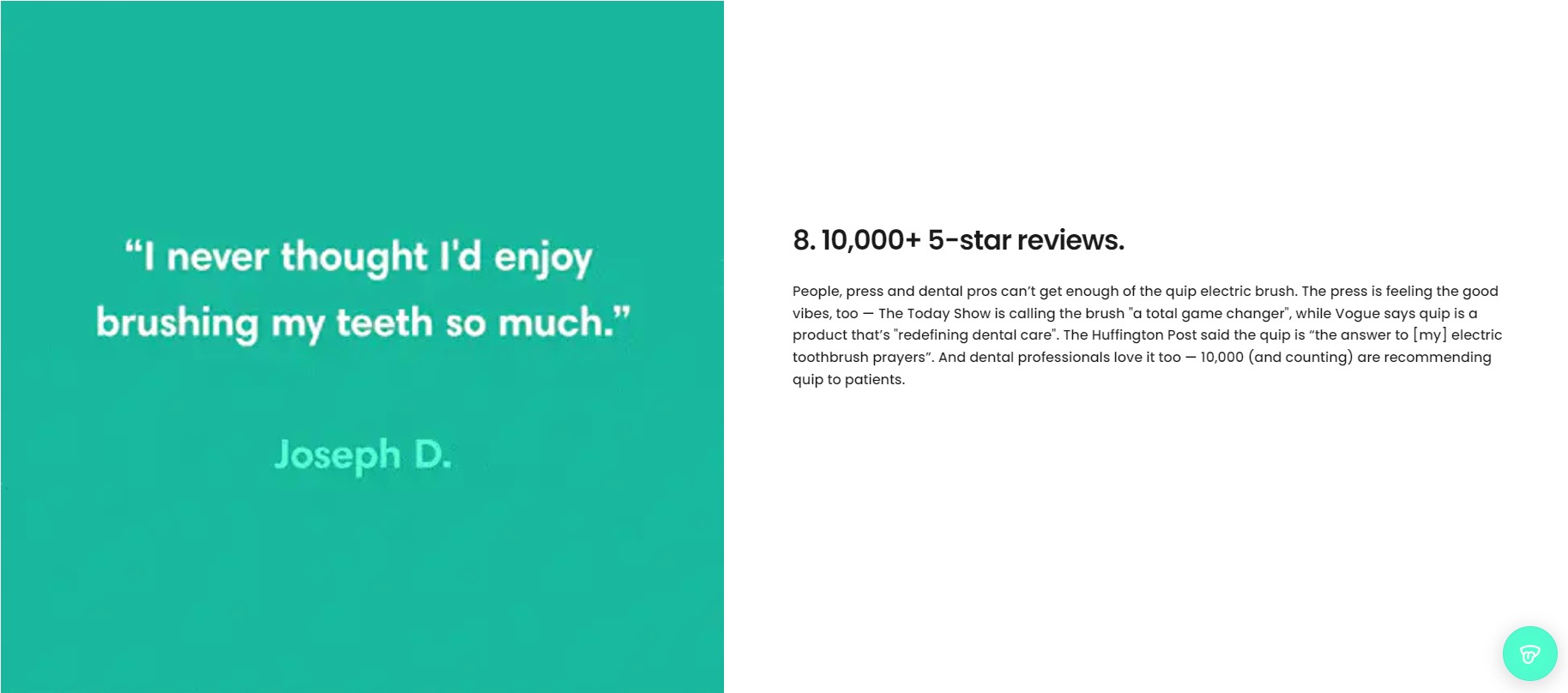
Target Audience Appeal:
- Addresses concerns of both manual brush users and dissatisfied electric brush users
- Focuses on simplicity and effectiveness for those overwhelmed by complex options
- Emphasizes aesthetics and convenience for design-conscious consumers
- Targets budget-conscious buyers with affordable pricing and subscription model
Quip’s ad stands out by making toothbrushes exciting. It taps into people’s desire for a simple, effective dental routine. The emphasis on design and portability targets young, style-conscious buyers.
BugMD Essential Pest Control Advertorial Analysis
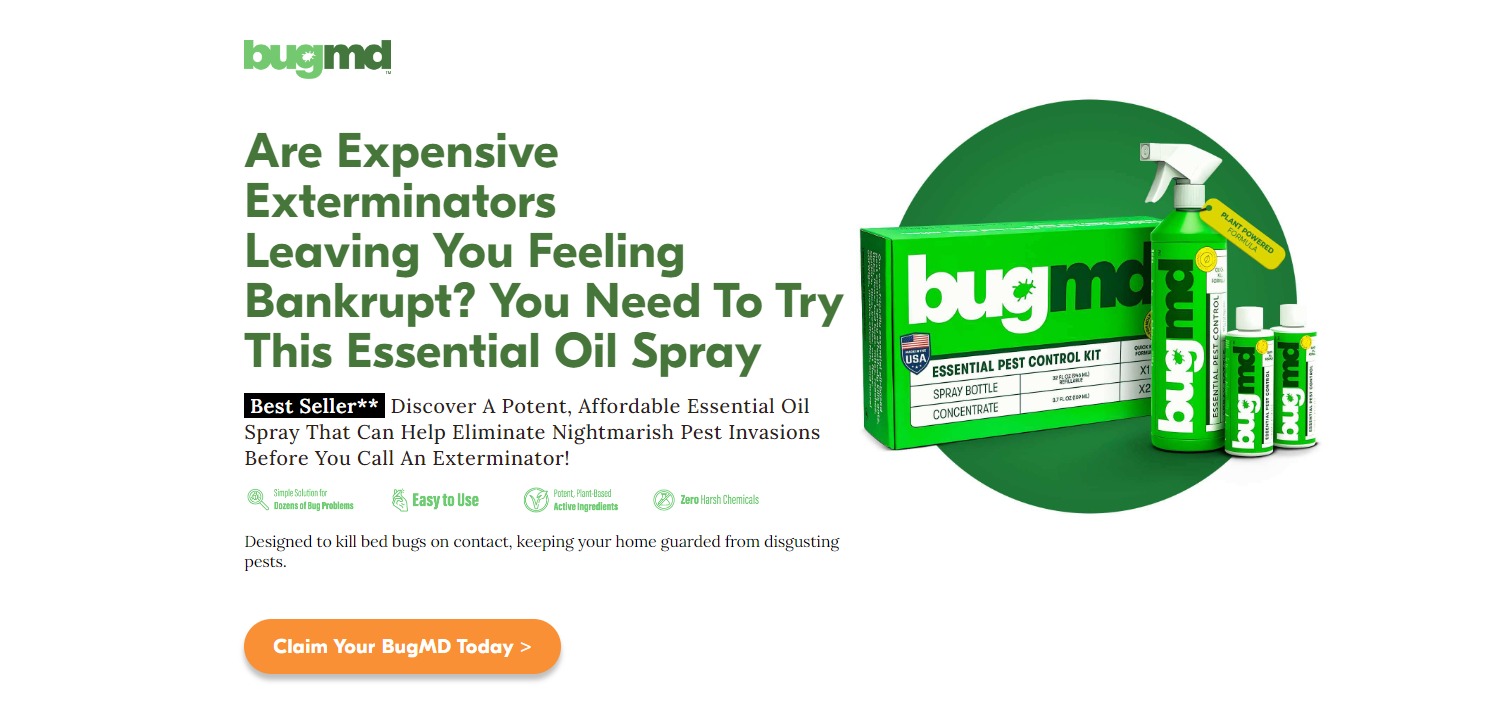
BugMD positions itself as an affordable and effective alternative to traditional extermination methods.
Headline: “Are Expensive Exterminators Leaving You Feeling Bankrupt? You Need To Try This Essential Oil Spray”
Immediately addresses a common pain point (high cost of exterminators) and offers an alternative solution.
Opening:
- Highlights the potential savings compared to traditional pest control methods
- Positions BugMD as an affordable, effective alternative to expensive professional treatments
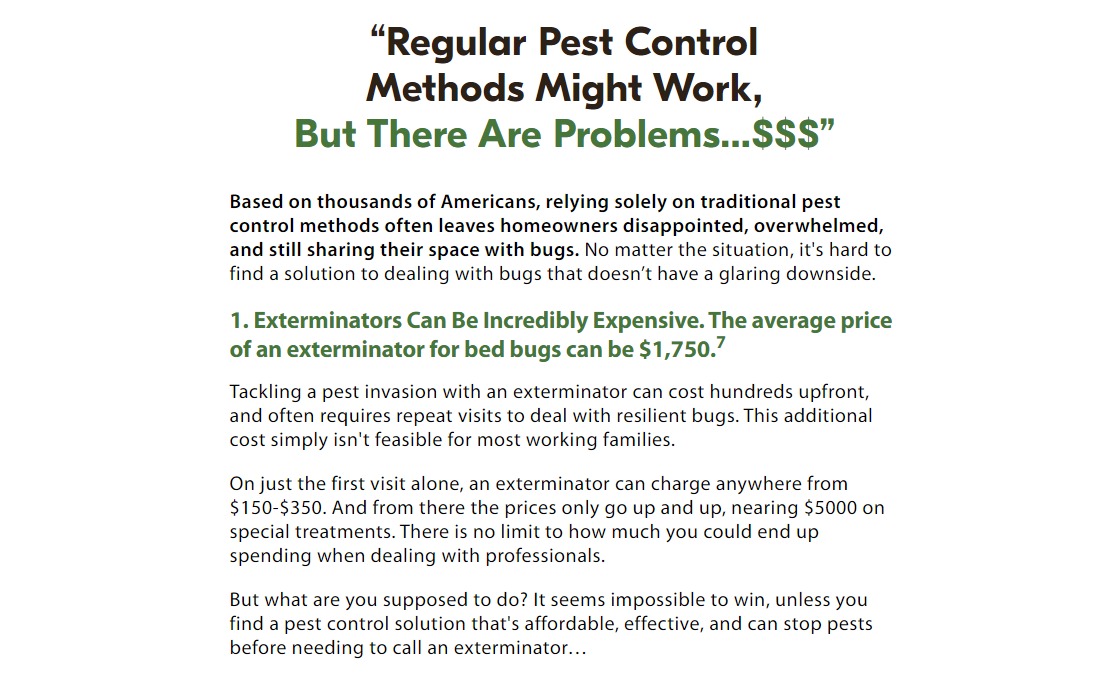
Narrative Structure:
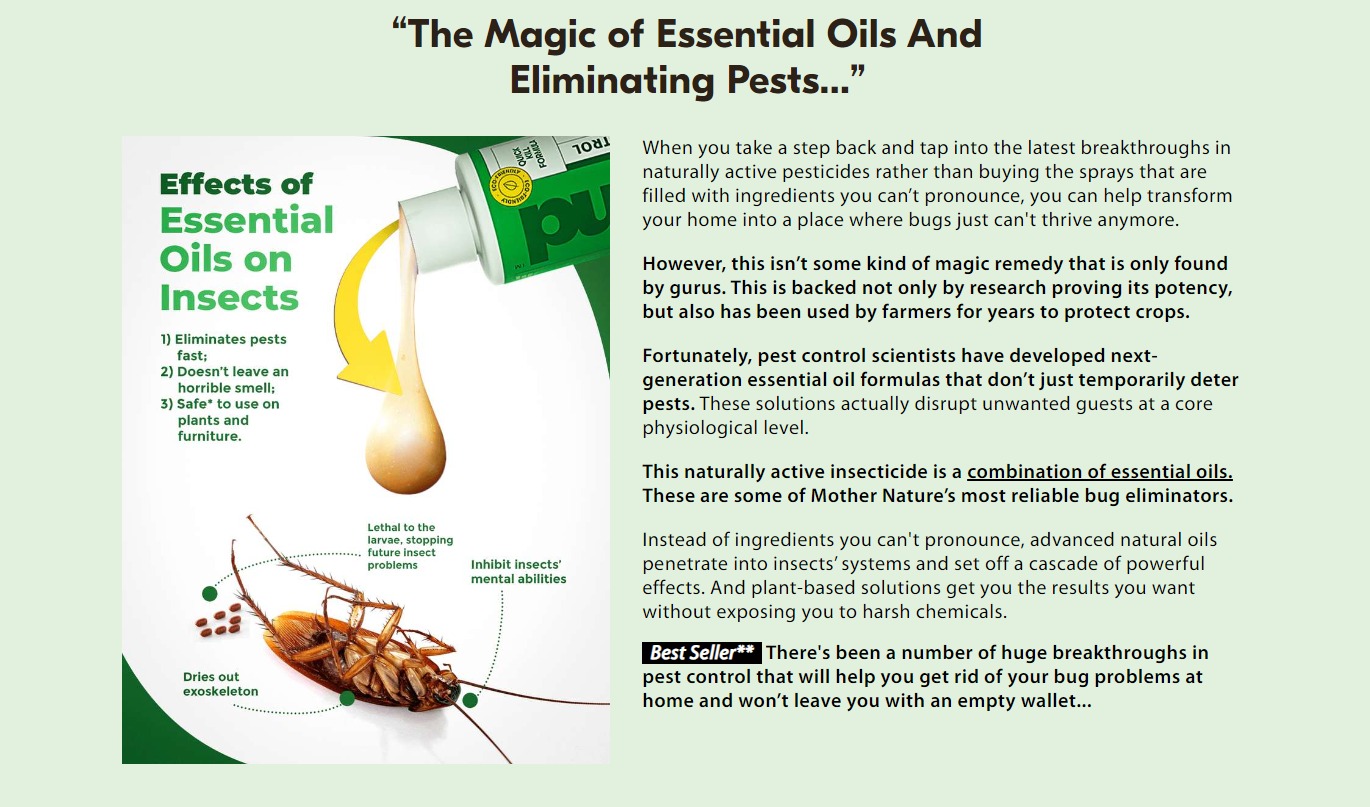
- Introduces the problem (high cost of pest control, ineffective solutions)
- Presents BugMD as the solution
- Explains the science behind essential oils for pest control
- Details the benefits of the product
- Addresses potential objections (effectiveness, safety)
- Provides social proof through customer testimonials
- Concludes with a risk-free trial offer
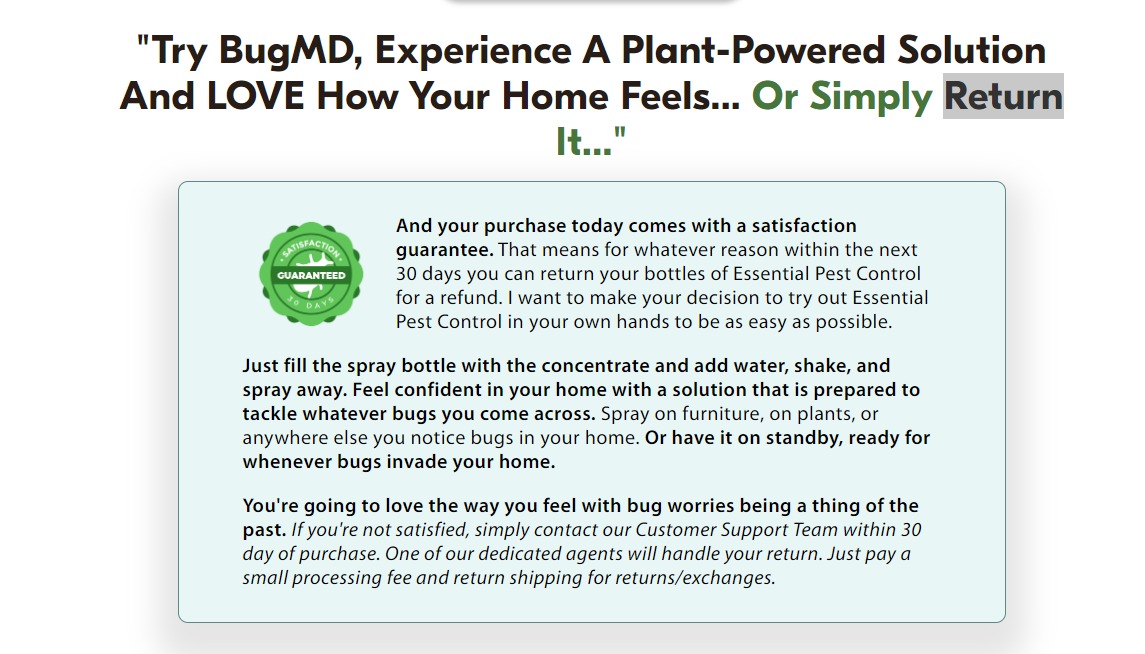
Persuasion Techniques:
- Uses fear appeal (financial strain from expensive pest control)
- Leverages scientific credibility (research studies on essential oils)
- Employs scarcity tactics (“For Only A Limited Time”)
- Utilizes social proof (customer reviews and testimonials)
- Money-back guarantee
- Comparison to traditional pest control methods

Target Audience Appeal:
- Addresses budget-conscious consumers looking for affordable pest control
- Targets those concerned about harsh chemicals in traditional pesticides
- Appeals to DIY enthusiasts who want to handle pest problems themselves
- Focuses on convenience and ease of use for busy homeowners
This ad plays on fear of pests and high exterminator costs. It positions BugMD as a smart, DIY alternative. The use of essential oils appeals to the natural remedy crowd.
Goldtouch Ergonomic Mouse Advertorial Analysis

Goldtouch builds a strong case for prioritizing comfort and health in your workspace.
Intro: “Could you be missing out on ergonomic mouse benefits?”
Immediately creates curiosity and suggests the reader might be overlooking something important.
Opening:
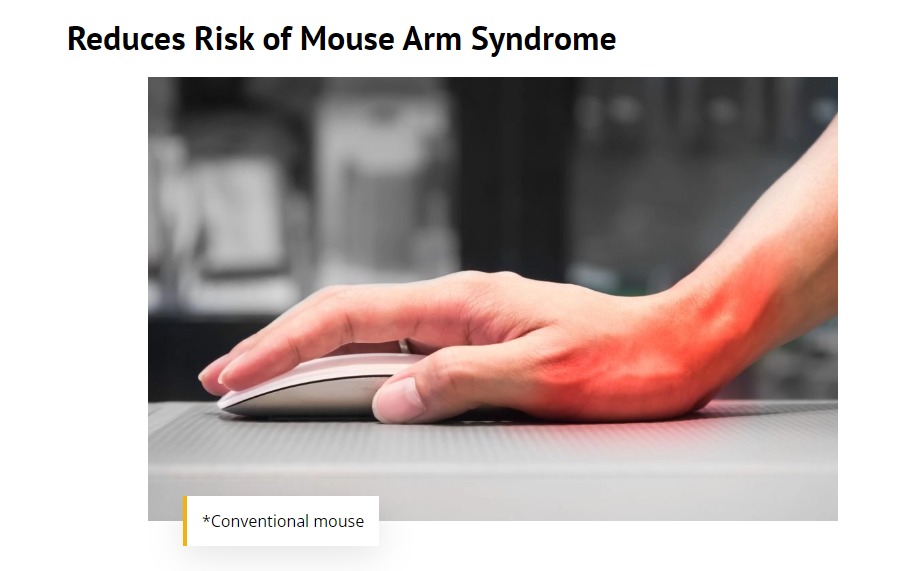
- Highlights potential negative impacts of using a standard mouse (slowing down, muscle damage, fatigue)
- Positions ergonomic mice as a solution to these problems
Narrative Structure:
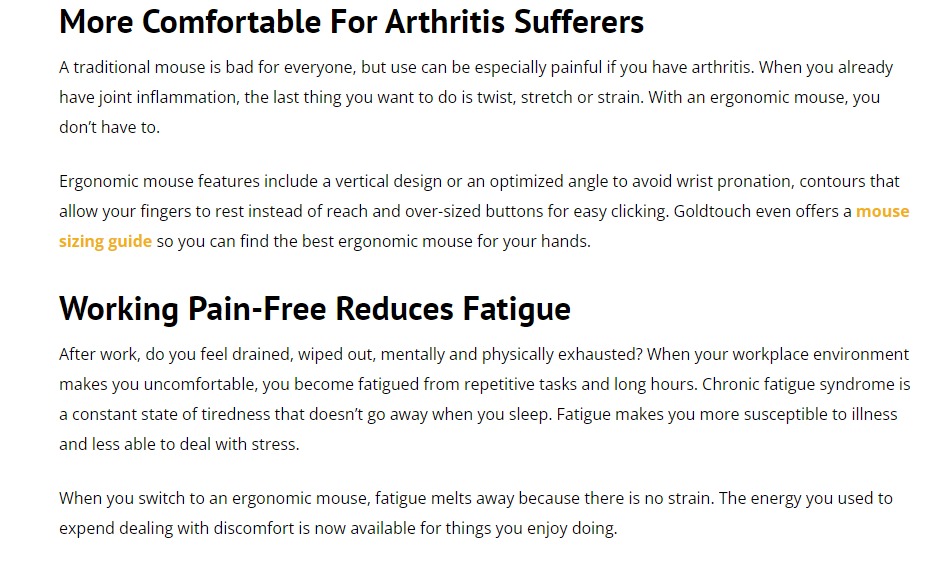
- Introduces the problem (discomfort and health risks associated with standard mice)
- Presents ergonomic mice as the solution
- Explains the benefits of ergonomic mice
- Addresses potential concerns (effectiveness, adaptability)
- Provides scientific backing (NCBI study)
- Concludes with product recommendations and a call-to-action
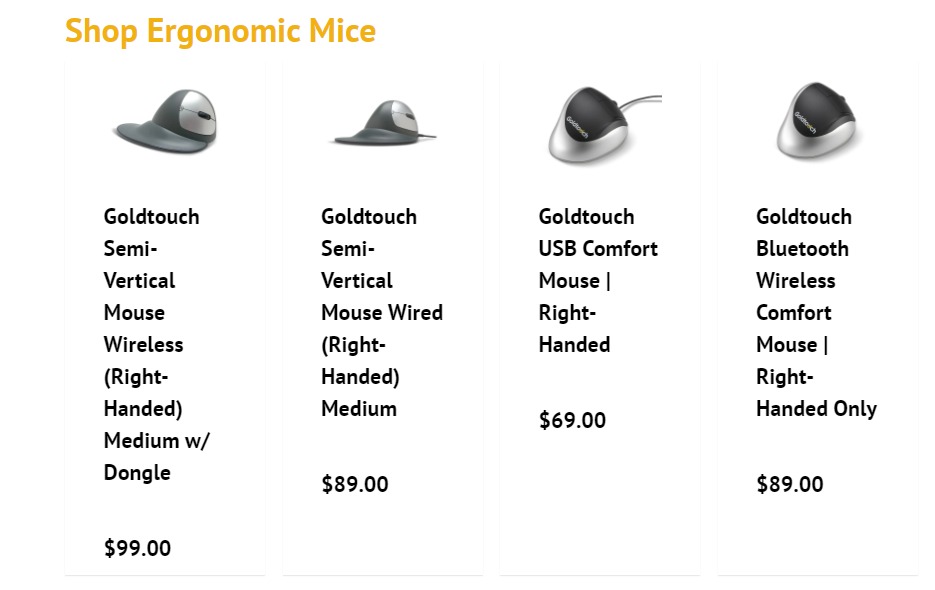
Persuasion Techniques:
- Uses fear appeal (potential long-term damage from standard mice)
- Leverages scientific credibility (cites NCBI study)
- Employs testimonials from users
- Comparison to traditional mice
- Utilizes problem-solution format
- Product recommendations for different user needs

Target Audience Appeal:
- Addresses office workers and frequent computer users
- Targets those experiencing discomfort or pain from mouse use
- Appeals to health-conscious consumers
- Focuses on productivity benefits for professionals
Goldtouch’s ad turns a boring product - a mouse - into a health essential. It connects daily computer use with potential injuries, making ergonomics feel urgent. The scientific backing adds credibility.
Lora Gene Alpaca Fiber Advertorial Analysis:
Lora Gene uses the unique properties of alpaca fiber to appeal to eco-conscious and comfort-seeking consumers.
Intro: Implied rather than stated, focusing on the experience at an alpaca farm and the benefits of alpaca fiber.
Opening:
- Shares a personal experience visiting an alpaca farm in the UK
- Establishes credibility by mentioning the brand’s 5-year history of using alpaca fibers
Narrative Structure:
- Introduces alpaca fiber through a personal anecdote
- Addresses misconceptions about alpaca fiber in the fashion industry
- Presents five key points about alpaca fiber
- Provides additional little-known facts
- Subtly promotes Lora Gene’s alpaca products
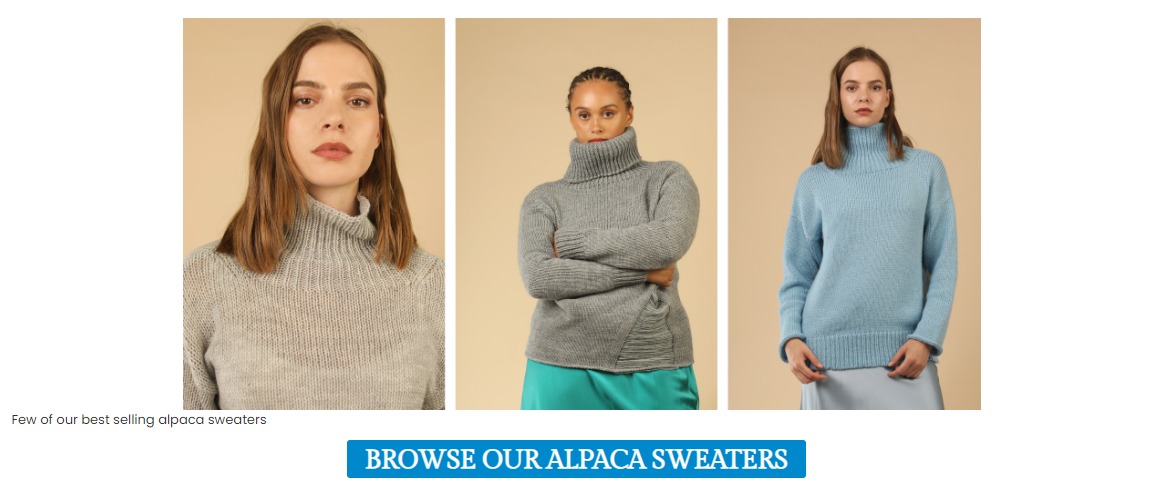
Persuasion Techniques:
- Leverages expert credibility (citing Prof. Veronica Kassatly)
- Uses storytelling to create an emotional connection
- Employs comparison to other luxury fibers (cashmere, wool)
- Utilizes eco-friendly and sustainability appeal
- Personal photos from the alpaca farm visit
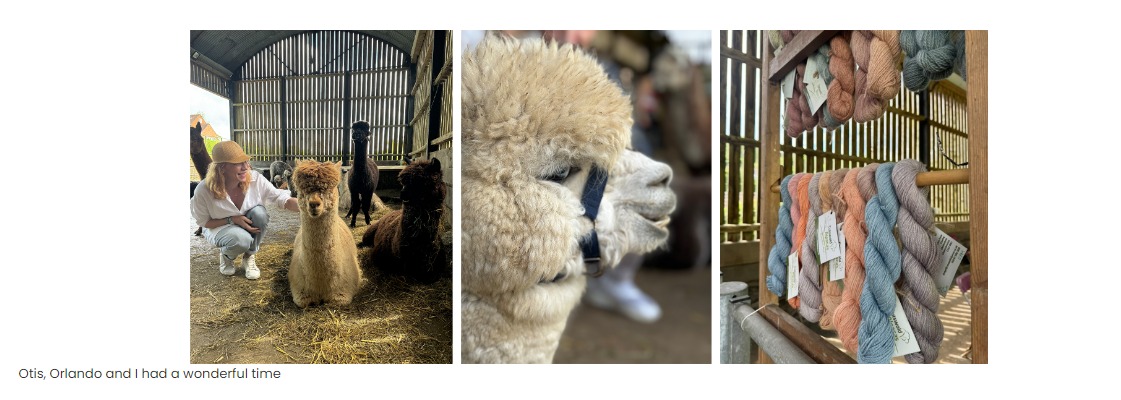
Target Audience Appeal:
- Addresses eco-conscious consumers
- Targets luxury fashion enthusiasts
- Appeals to those interested in natural, sustainable fibers
- Focuses on comfort and durability for practical buyers
This piece reads more like an article than an ad, which is clever. It educates about alpaca wool while subtly promoting Lora Gene’s products. The personal story adds authenticity.
Blissy Silk Pillowcase Advertorial Analysis:

Blissy crafts a narrative around beauty sleep and luxury to entice potential buyers.
Headline: “This Pillowcase Has Become The Hottest Selling Product Of 2022.”
Creates urgency and curiosity by positioning the product as highly popular and in-demand.
Opening:
- Leverages Black Friday and Cyber Monday sales to create a sense of urgency
- Mentions “thousands of verified 5-star reviews” to establish credibility
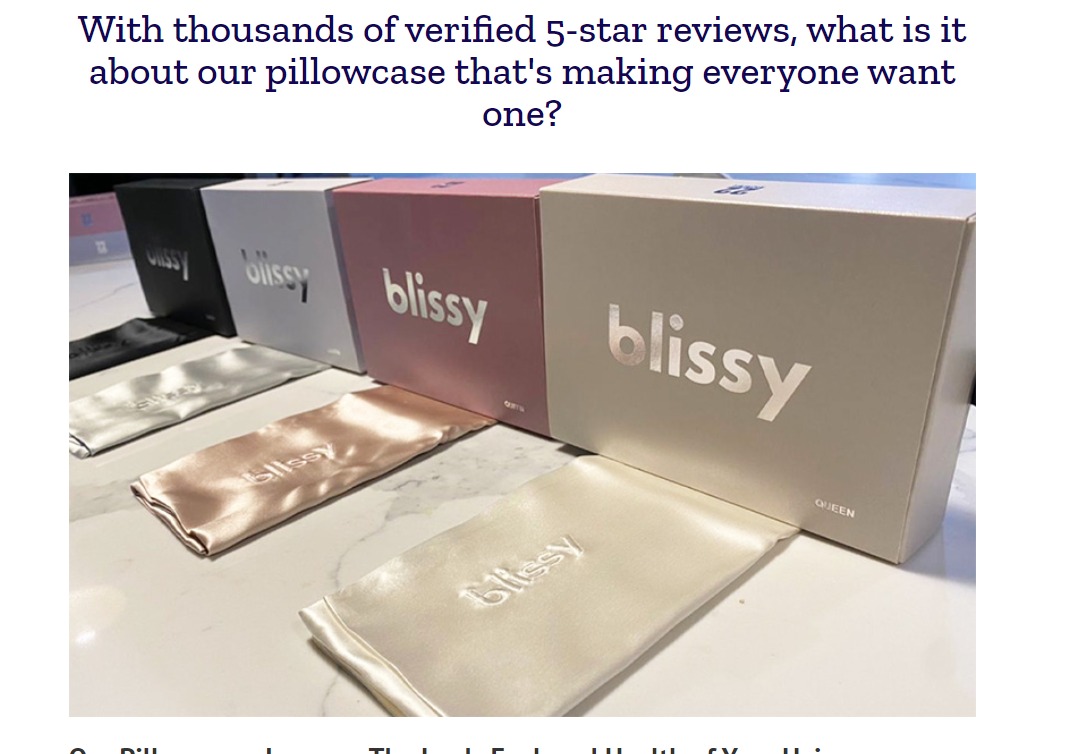
Narrative Structure:

- Introduces the product as an unexpected Black Friday bestseller
- Presents customer testimonials
- Explains the benefits of the Blissy Silk Pillowcase
- Addresses potential concerns (cleaning, durability)
- Provides additional customer reviews
- Concludes with a special offer and money-back guarantee

Persuasion Techniques:
- Uses scarcity tactics (“known to sell out fast”)
- Employs social proof (customer testimonials and review count)
- Utilizes before-and-after scenarios in testimonials
- Comparison to traditional pillowcases
- Customer testimonials
- Leverages fear of missing out (FOMO) with limited-time offers

Target Audience Appeal:
- Addresses beauty-conscious consumers (hair and skin benefits)
- Targets those with sleep issues
- Appeals to gift-givers (holiday season focus)
- Focuses on luxury and comfort seekers
- Blissy’s ad is all about creating FOMO (fear of missing out). It positions their pillowcase as a must-have beauty secret. The Black Friday angle adds urgency to buy.
The Earthling Co. Shampoo and Conditioner Bars Advertorial Analysis

The Earthling Co. positions its products as a solution to common hair concerns while emphasizing eco-friendliness.
Headline: “Your Shampoo Could Be Contributing to Hair Loss”
Creates immediate concern and urgency by suggesting a common product could be harmful.
Opening:
- Highlights the potential dangers of standard liquid shampoos and conditioners
- Positions The Earthling Co.’s products as a solution to these issues
Narrative Structure:
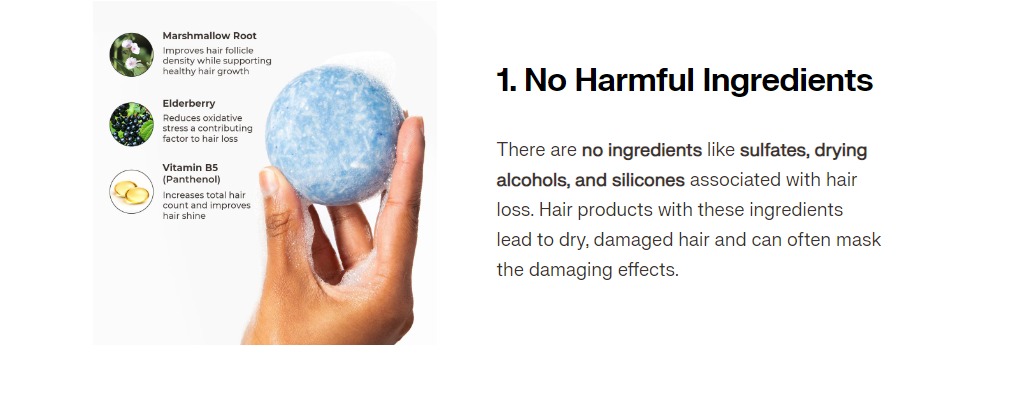
- Introduces the problem (harmful ingredients in standard hair products)
- Presents The Earthling Co.’s shampoo and conditioner bars as the solution
- Lists five key benefits of the product
- Provides customer testimonials
- Concludes with a special offer and product guarantees
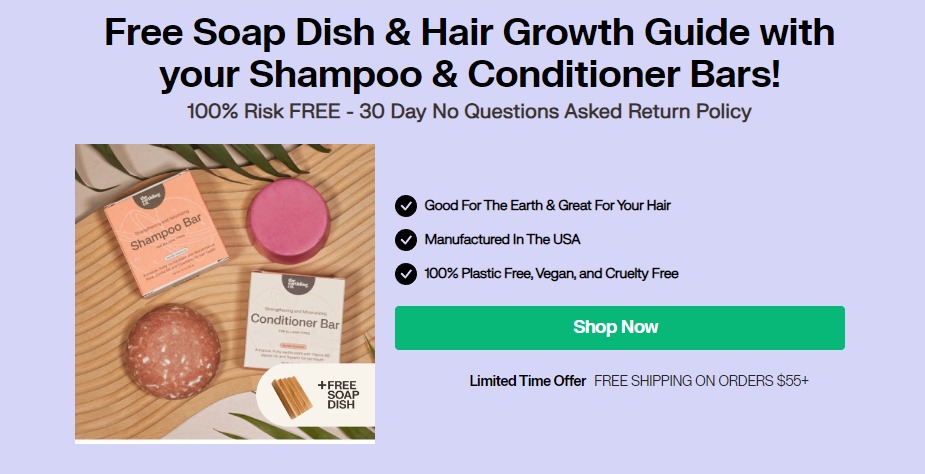
Persuasion Techniques:
- Uses fear appeal (potential hair loss from standard products)
- Leverages scarcity tactics (“Limited Time Offer”)
- Special offer details (free soap dish and hair growth guide)
- Utilizes risk reversal (30-day return policy)
- Employs social proof (customer Reviews)

Target Audience Appeal:
- Addresses those concerned about hair loss and hair health
- Targets environmentally conscious consumers
- Appeals to those seeking natural, ethical products
- Focuses on value-seekers (free gifts, free shipping offer)
This ad targets hair health concerns to sell shampoo bars. It cleverly positions liquid shampoos as the “bad guy” causing hair problems. The eco-friendly angle appeals to green consumers.
Moon Pod Anti-Gravity Beanbag Advertorial Analysis:
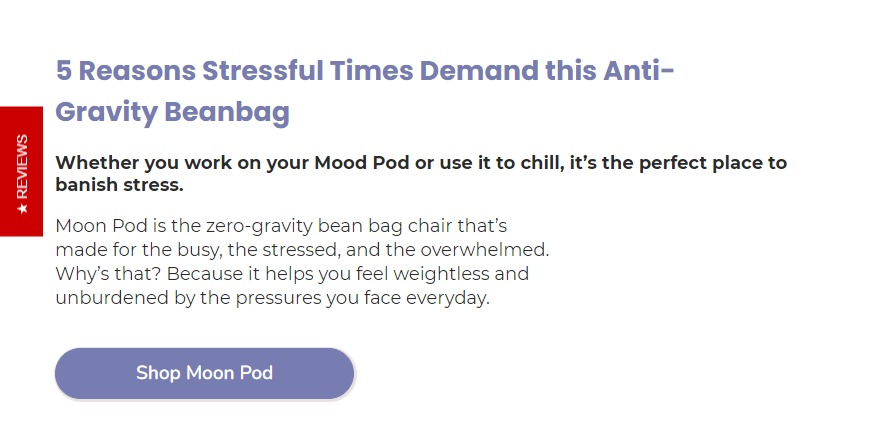
Moon Pod is marketed as a stress-relief solution for modern, busy lifestyles.
Headline: “5 Reasons Stressful Times Demand this Anti-Gravity Beanbag”
Immediately addresses a common problem (stress) and positions the product as a solution.
Opening:
- Introduces Moon Pod as a zero-gravity bean bag chair
- Targets busy, stressed, and overwhelmed individuals
Narrative Structure:

- Presents five key benefits of the Moon Pod
- Explains how each benefit addresses common issues or needs
- Provides customer testimonials
- Concludes with a call-to-action to purchase

Persuasion Techniques:
- Uses problem-solution format (stress relief)
- Employs social proof (customer testimonials)
- Leverages versatility appeal (multiple uses)
- Utilizes comparison to alternatives (cost and flexibility)

Target Audience Appeal:
- Addresses those seeking stress relief
- Targets individuals with body pain or discomfort
- Appeals to space-conscious consumers
- Focuses on value-seekers (comparison to alternatives)
Moon Pod’s ad sells relaxation in a busy world. It’s smart to focus on the product’s versatility and space-saving design. The anti-gravity angle makes it sound high-tech and unique.
AirPhysio OPEP Device Advertorial Analysis:
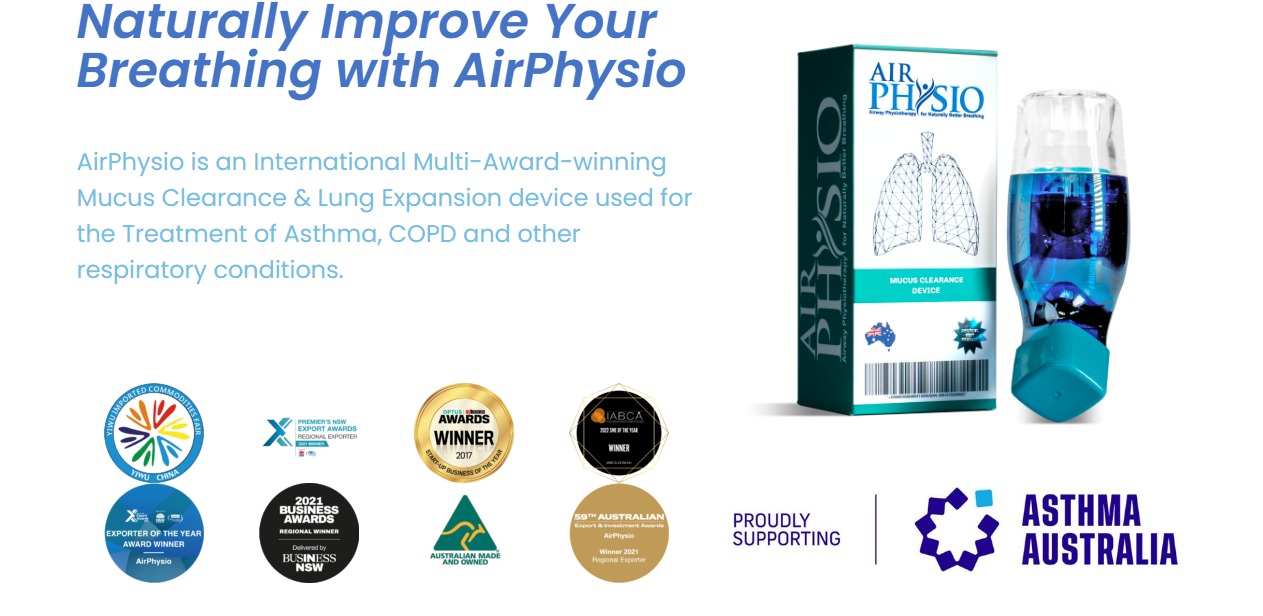
AirPhysio is presented as a natural solution for those seeking to improve their breathing and lung health.
Headline: “Naturally Improve Your Breathing with AirPhysio”
Immediately highlights the key benefit and natural aspect of the product.
Opening:
- Introduces AirPhysio as an award-winning device for respiratory conditions
- Establishes credibility through mentions of awards and international recognition
Narrative Structure

Presents three main benefits of AirPhysio (Improve Lung Health, Open & Expand Airways, Mucus Clearance)
Explains what AirPhysio is and how it works
Provides social proof through media appearances and testimonials
Warranty information and call-to-action
Lists conditions it can treat

Persuasion Techniques:
- Uses authority (awards, media appearances, expert recommendations)
- Employs social proof (video testimonials, media coverage)
- Leverages fear appeal (potential loss of lung function)
- Utilizes scientific explanation (OPEP technology)
- Video links for testimonials and media appearances
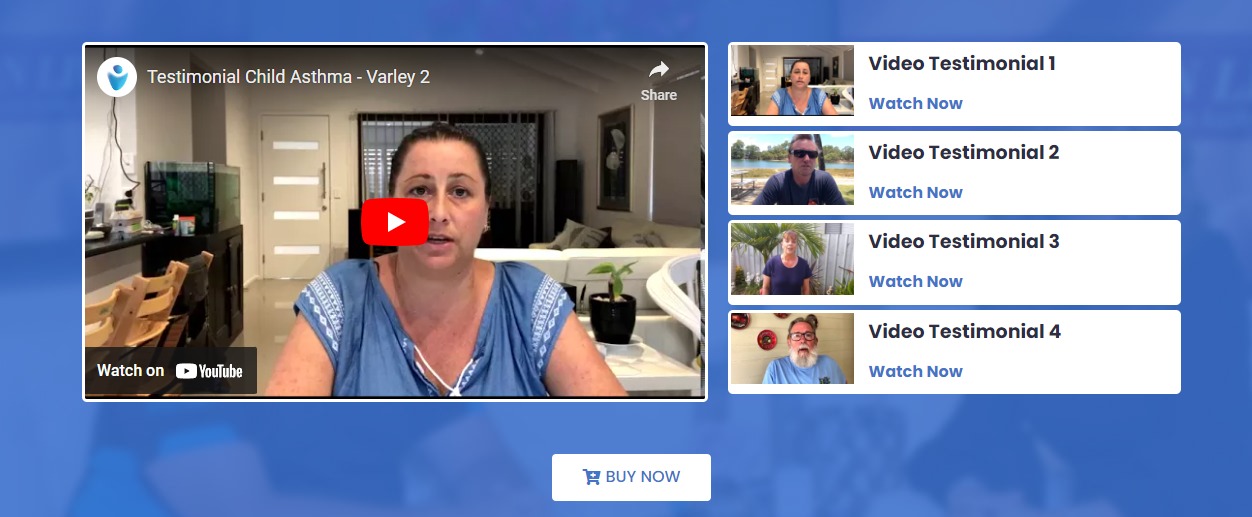
Target Audience Appeal:
- Addresses those with respiratory conditions (Asthma, COPD, etc.)
- Targets smokers and the elderly
- Appeals to those seeking natural health solutions
- Focuses on preventative health measures
This ad turns a medical device into a must-have health tool. It uses lots of medical terms to seem credible. The focus on natural therapy will appeal to those wary of medications.
Clarifion Air Purifier Advertorial Analysis

Clarifion is portrayed as a revolutionary and affordable solution to indoor air quality concerns.
Headline: “How This Innovative Device Is Helping Thousands with Airborne Dust, Particulates, etc.”
Immediately positions the product as a solution to a common problem and suggests widespread adoption.
Opening:
Introduces Clarifion as a disruptive force in the air purifier industry
Highlights the product’s affordability compared to competitors
Narrative Structure:

- Introduces the problem (poor air quality, high-priced air purifiers)
- Presents Clarifion as an innovative, affordable solution
- Explains how the device works
- Lists key benefits and features
- Addresses potential questions
- Concludes with a call-to-action and limited-time offer
Persuasion Techniques:

- Uses scarcity tactics (“before they sell out again”)
- Employs social proof (“thousands of Americans have raved”)
- Scientific explanation of how the product works
- Utilizes comparison to traditional air purifiers
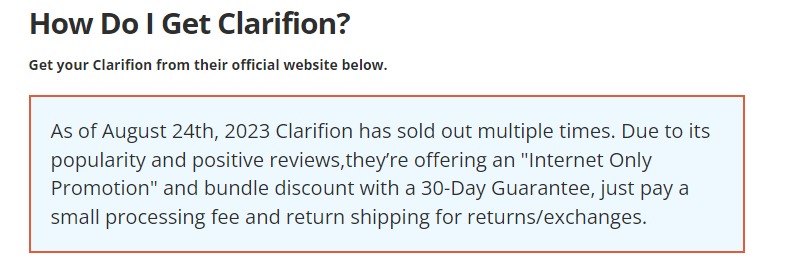
Target Audience Appeal:
- Addresses those concerned about indoor air quality
- Targets budget-conscious consumers
- Appeals to those seeking easy-to-use, low-maintenance solutions
- Focuses on portability for multi-room use
- Clarifion’s ad makes air purifiers seem exciting and new. It positions big brands as overpriced and outdated. The emphasis on simplicity and affordability is smart for reaching a wide audience.
High-Converting Advertorial Examples: FAQ
Here are the 10 frequently asked questions about high converting advertorials:
What is an advertorial?
An advertorial is a type of content that combines elements of editorial writing with advertising. It’s designed to look and read like a regular article while promoting a product or service.
How do advertorials differ from traditional advertisements?
Advertorials typically provide more in-depth information and value to the reader than traditional ads. They often tell a story, address pain points, or offer solutions, making them feel less like direct sales pitches.
What makes an advertorial “high-converting”?
High-converting advertorials effectively engage readers, address their needs or problems, and persuade them to take action. They often use techniques like storytelling, social proof, and clear calls-to-action.
Can you give an example of a successful advertorial strategy?
The Blue Apron advertorial uses aspirational language, promising transformation through food. It addresses common pain points (meal planning stress) and offers a solution (convenient, varied meal kits), effectively appealing to its target audience.
How important is the headline in an advertorial?
The headline is crucial. As seen in examples like Quip’s “9 reasons so many upgrade to a quip Electric Toothbrush,” a good headline captures attention, creates curiosity, and encourages readers to continue reading.
Do advertorials work for all types of products?
Advertorials can be effective for a wide range of products, from everyday items like Blissy’s silk pillowcases to more specialized products like AirPhysio’s respiratory device. The key is tailoring the content to the target audience and their needs.
How can I make my advertorial feel more authentic?
Authenticity can be achieved through personal stories (like Lora Gene’s alpaca farm visit), customer testimonials, or by addressing common concerns openly. Providing valuable information beyond just product features also helps.
Is it necessary to include scientific or expert backing in advertorials?
While not always necessary, scientific or expert backing can significantly boost credibility. For example, the Goldtouch ergonomic mouse advertorial cites an NCBI study to support its claims, adding weight to its arguments.
How can I create urgency in an advertorial without being too pushy?
Urgency can be created through limited-time offers (like in the Blissy pillowcase ad), highlighting scarcity (“known to sell out fast”), or by emphasizing the immediate benefits of addressing a problem (as seen in the BugMD pest control advertorial).
Should advertorials focus more on features or benefits?
While features are important, successful advertorials like the Moon Pod beanbag chair focus primarily on benefits. They explain how the product solves problems or improves the reader’s life, making the appeal more personal and compelling.
Bonus Content: Want to learn more about marketing and social media? Explore our other blog posts:
- Marketing to Gen Z in 2025: Facts & Statistics & Tips
- Best 10 Ecommerce Websites in the US in 2025
- The Best Shopify Agencies in the Netherlands: Expertise and Success Stories
- Compare Top SEO Agencies in the US for Growth | 2025
- Fastest-Growing Ecommerce Companies in the UK (2025)
- Best Influencer Marketing Agencies in the US

































